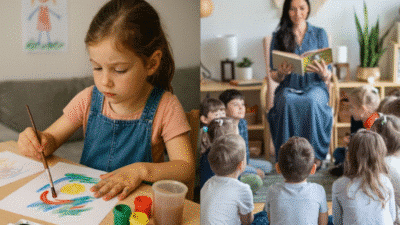
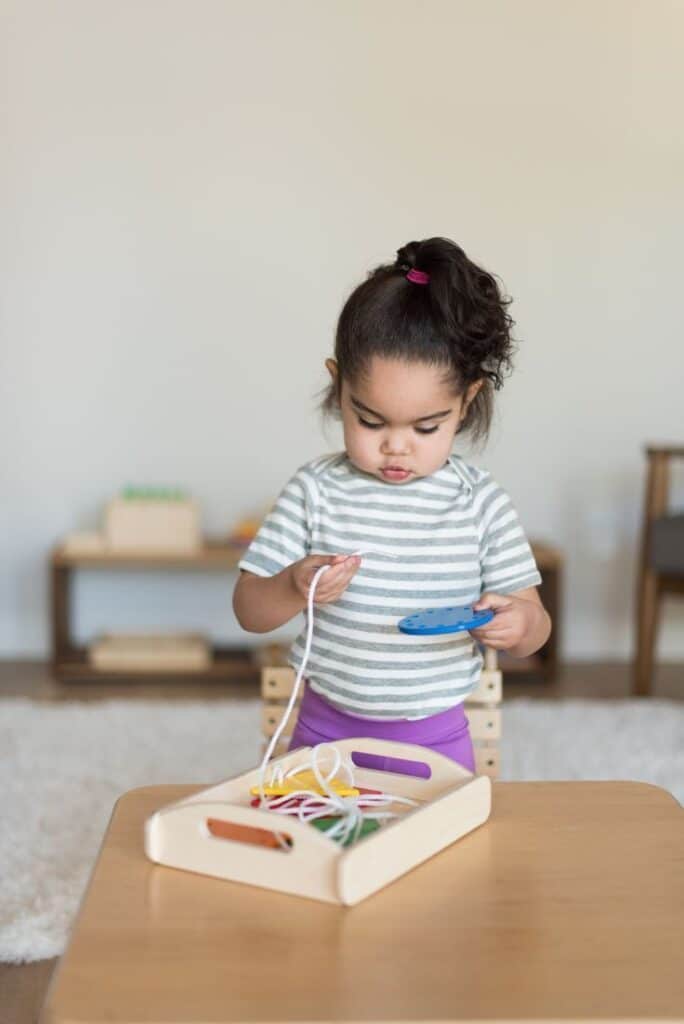
Toddlers need games that keep them busy, help them learn, and are safe to play indoors. The best indoor games for toddlers are simple, fun, and encourage movement, creativity, and thinking skills. These games can be played with minimal space and use everyday items found at home.
Choosing the right games depends on the child’s age, interests, and ability to stay active or calm. Indoor games that promote group play or solo activities help toddlers develop social skills and coordination while having fun.
Parents and caregivers can create a safe and engaging play area that supports growth and keeps toddlers entertained without screens or heavy toys.
Key Takeways
- Indoor games help toddlers develop physical and social skills.
- Games should match the child’s age and interests.
- A safe play environment encourages active and creative play.
Benefits Of Indoor Games For Toddlers
Indoor games help toddlers grow in many ways. They improve how toddlers move, how they get along with others, how they think, and how they handle feelings. These benefits make indoor play valuable for early development.
Promoting Physical Development
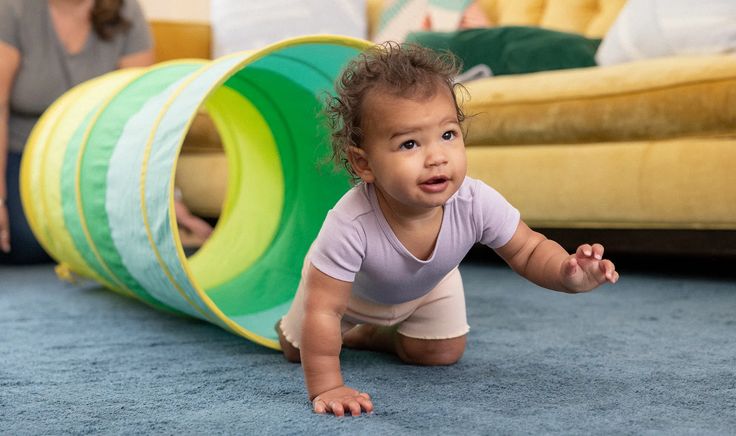
Indoor games help toddlers build strong muscles and improve coordination. Activities like stacking blocks or crawling through tunnels teach balance and motor skills. Simple movements like reaching, grabbing, and throwing develop hand-eye coordination.
Fine motor skills improve with games that involve small objects, like puzzles or beads. These skills are important for later writing and self-care. Physical activity inside keeps toddlers active when outdoor play isn’t possible due to weather or safety.
Encouraging Social Skills
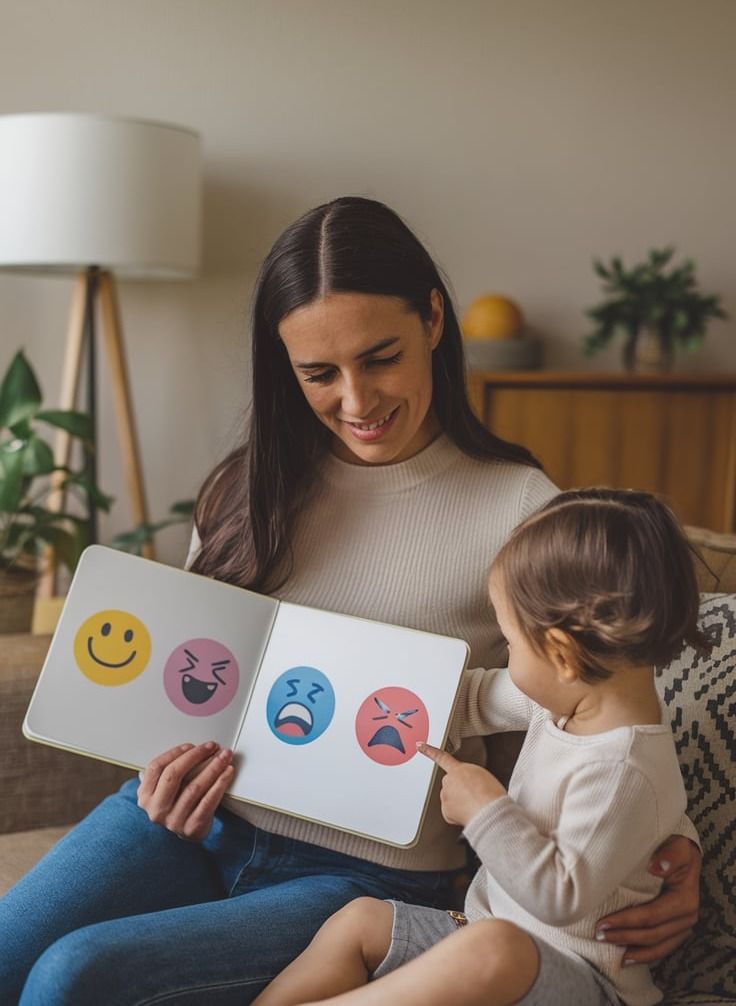
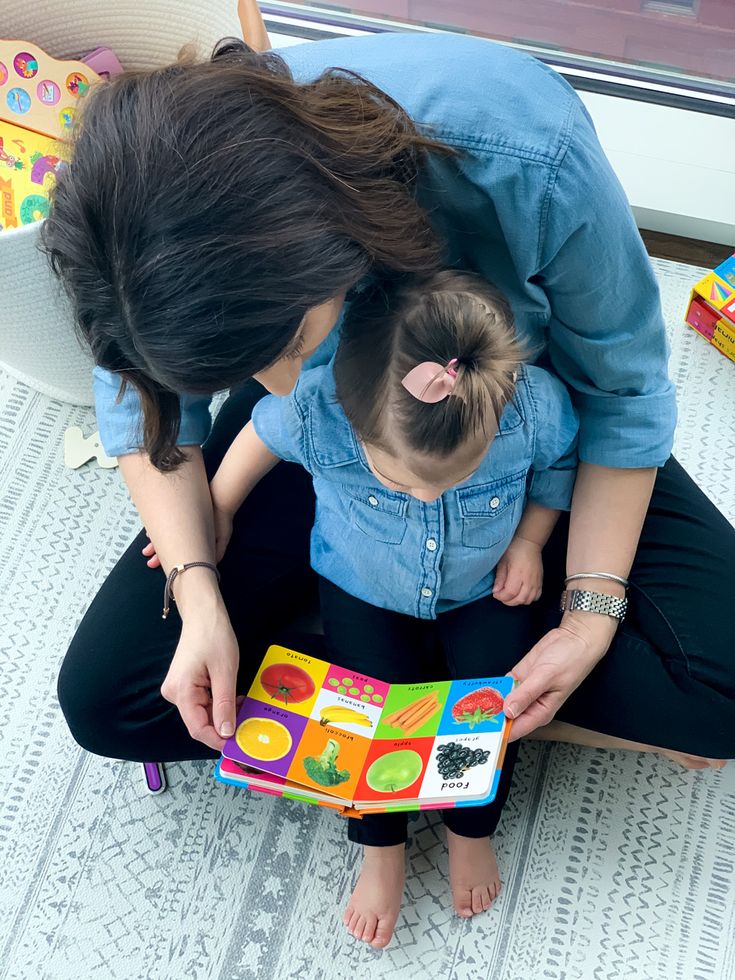
Playing indoor games with others teaches toddlers how to share and wait their turn. They learn to follow simple rules, which is a key part of social interaction. Group games help them understand cooperation and teamwork.
Indoor play also gives toddlers a chance to express themselves. Talking with others during games improves language and listening skills. These interactions help toddlers build friendships and feel more confident around peers.
Supporting Cognitive Growth
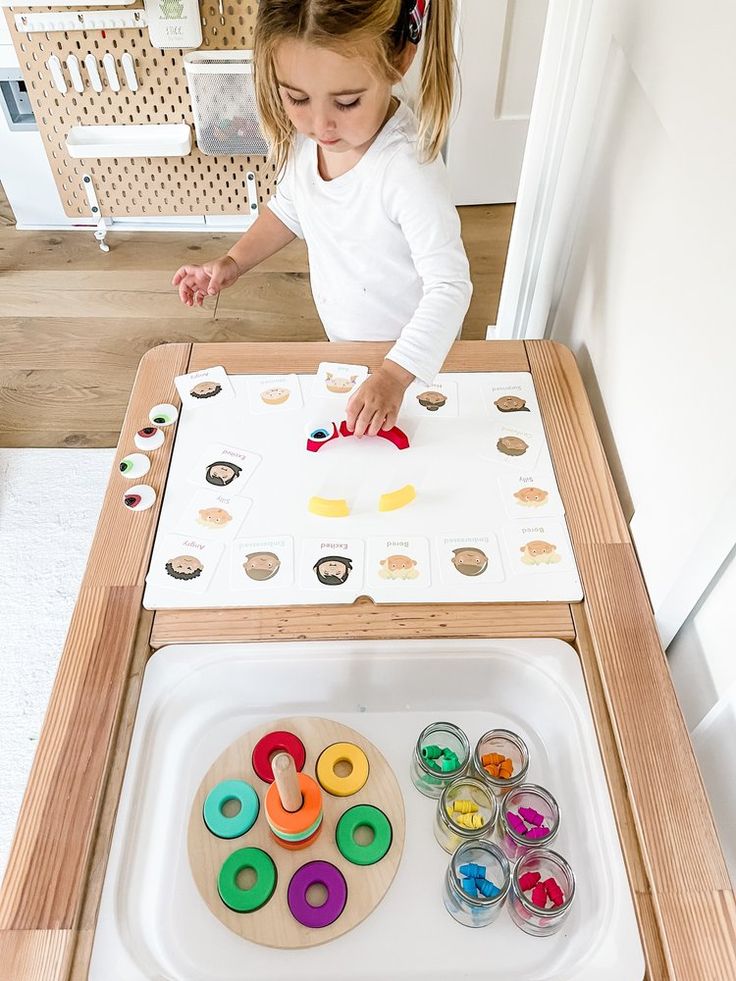
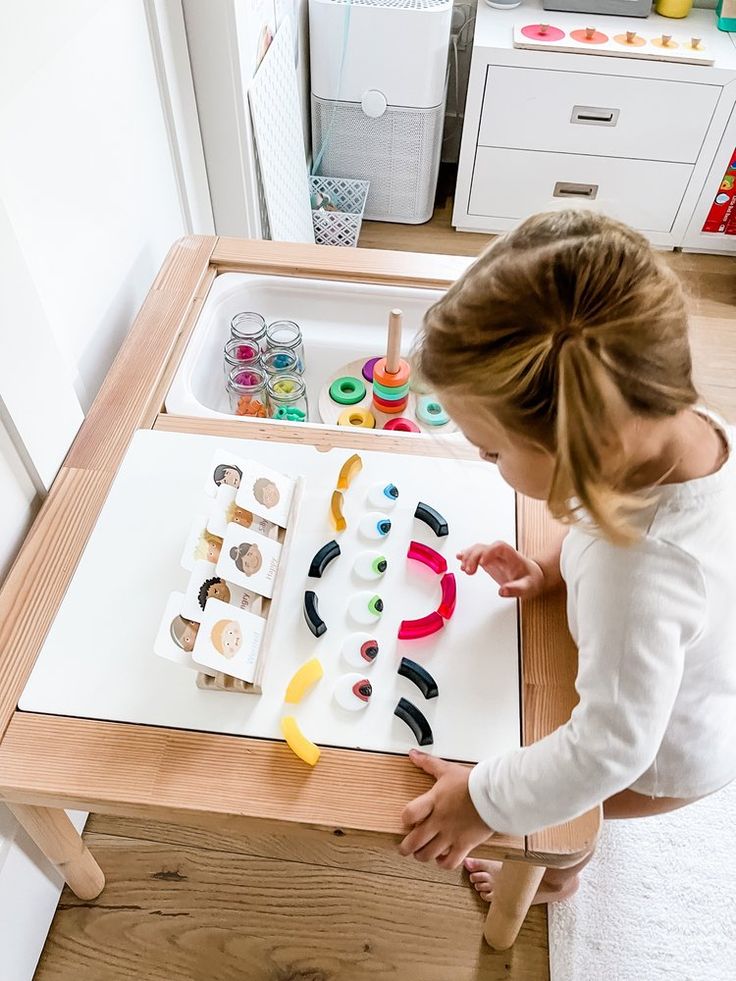
Indoor games stimulate thinking and problem-solving. Puzzles, matching shapes, and memory games help toddlers learn about patterns, colors, and numbers. These activities boost their ability to concentrate and remember.
Toddlers also learn cause and effect by experimenting with toys or games. For example, pressing buttons to hear sounds teaches them about action and response. Games encourage curiosity and help build early learning skills that support school readiness.
Fostering Emotional Wellbeing
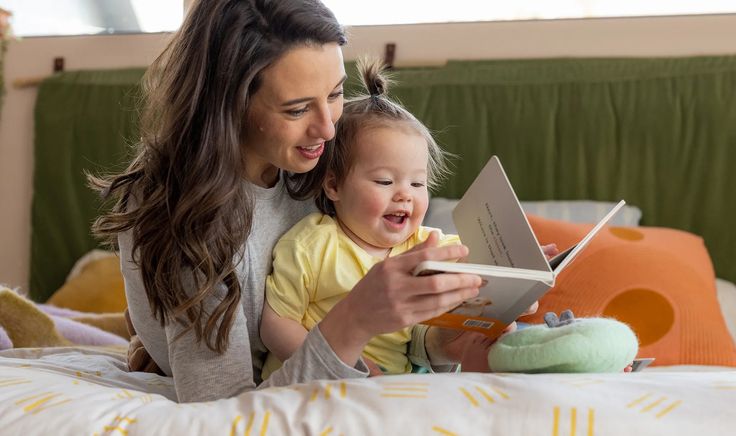
Indoor play helps toddlers manage their emotions by providing a safe space to explore and express feelings. Games with role-playing or storytelling let them act out experiences and understand emotions.
Participation in games fosters a sense of achievement and pride when toddlers complete a task. This builds self-esteem. Playing quietly or at their own pace also gives them a chance to relax and reduce stress.
Criteria For Choosing The Best Indoor Games
Choosing indoor games for toddlers involves looking at how safe the game is, if it fits the child’s age, and whether it helps the child learn something useful. These points help adults pick games that are fun and good for development.
Safety Considerations
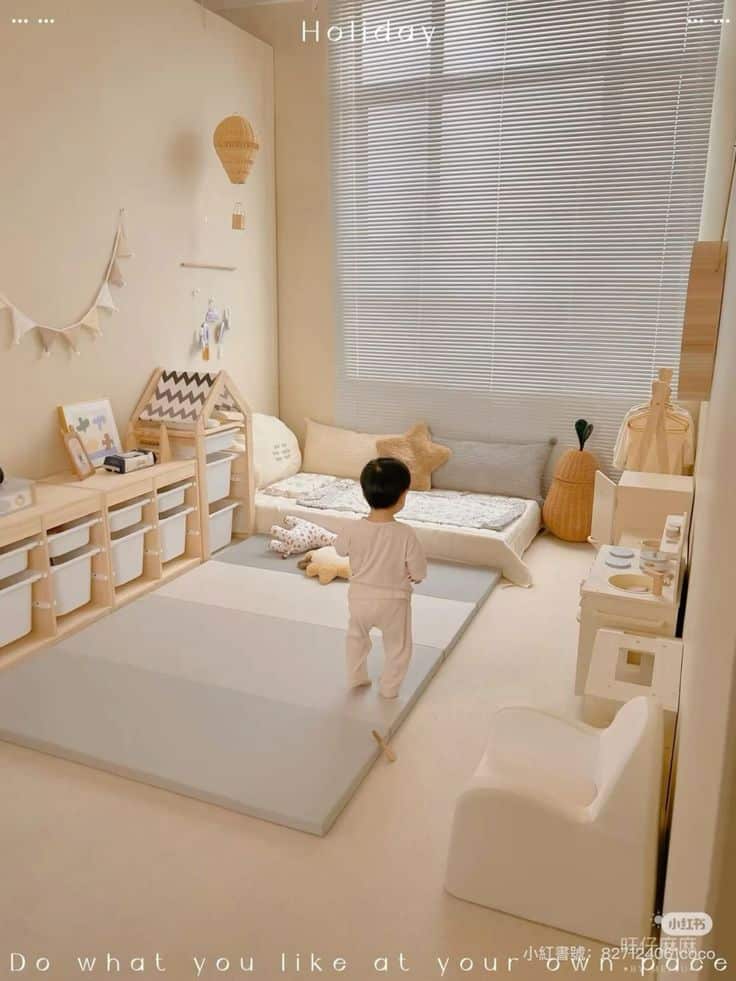
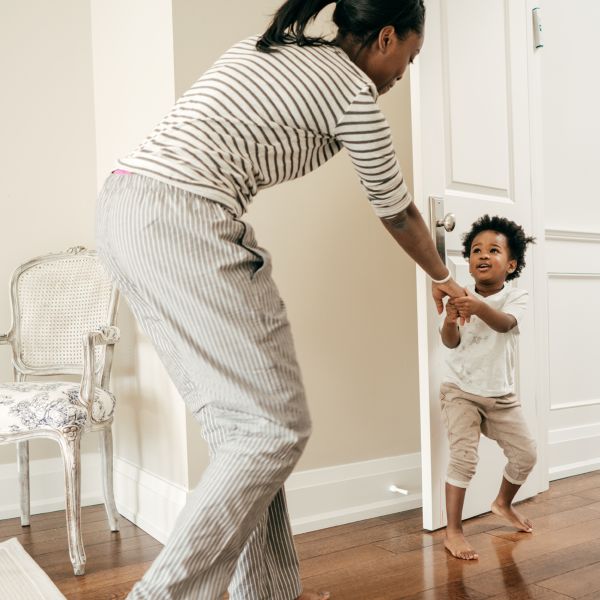
The game must have no small parts that toddlers could swallow. Materials should be non-toxic and sturdy.
Check for sharp edges or loose pieces. Toys that break easily pose a risk.
Games should allow safe play in a limited space. Avoid anything that could cause falls or injuries.
Always look for products that meet safety standards. Labels like ASTM or CE show compliance.
Age-Appropriate Options
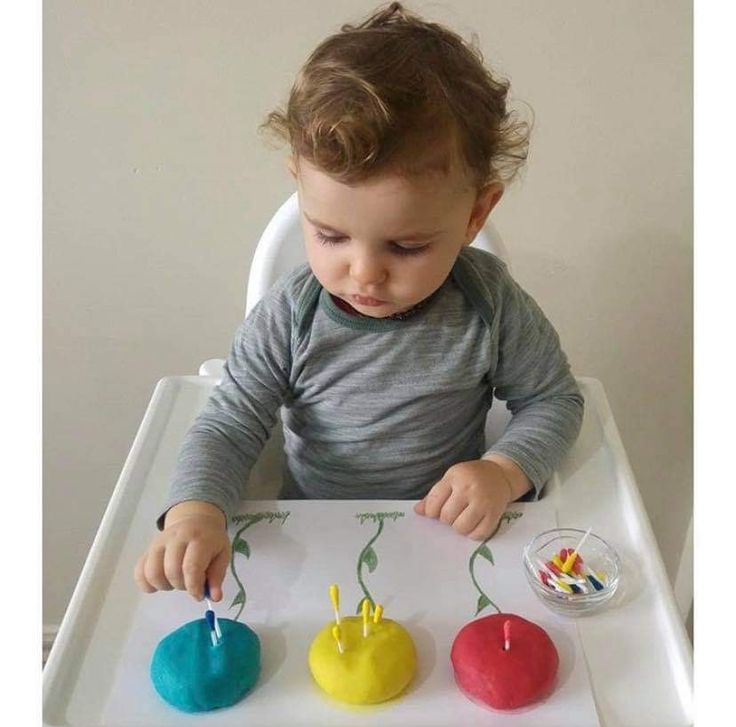
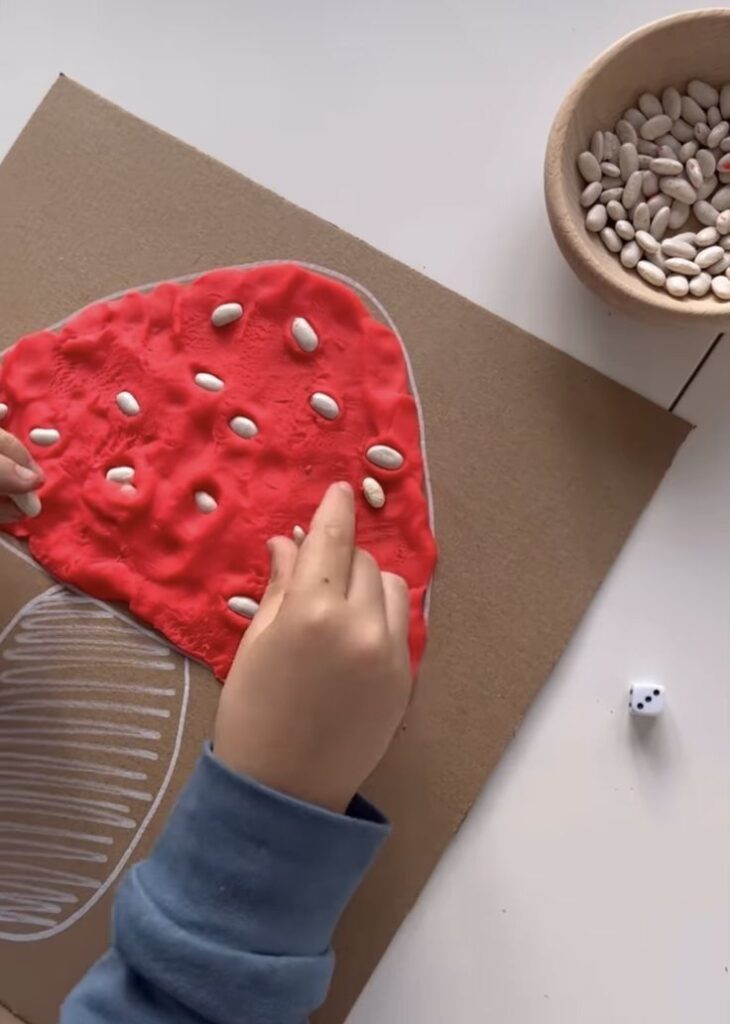
Games should match the toddler’s motor skills and attention span. Avoid games that are too complex or too simple.
Look for clear age labels on packaging. Follow manufacturer age recommendations.
Toddlers usually enjoy games involving colors, shapes, and simple actions. These support normal growth.
Games that require thinking but are not frustrating work best. They keep toddlers interested.
Educational Value
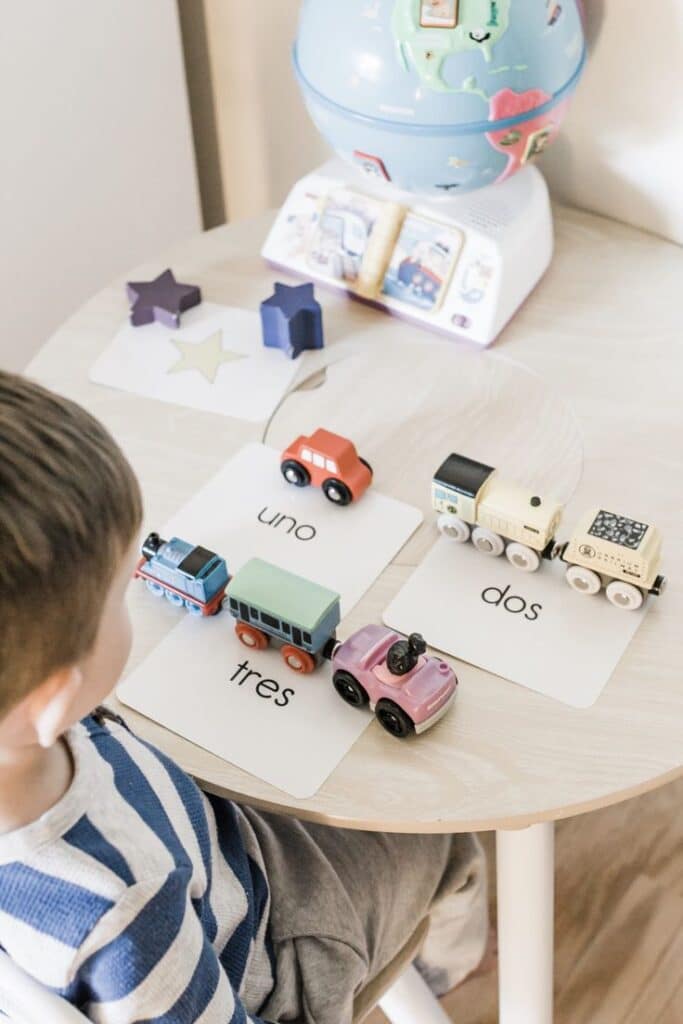
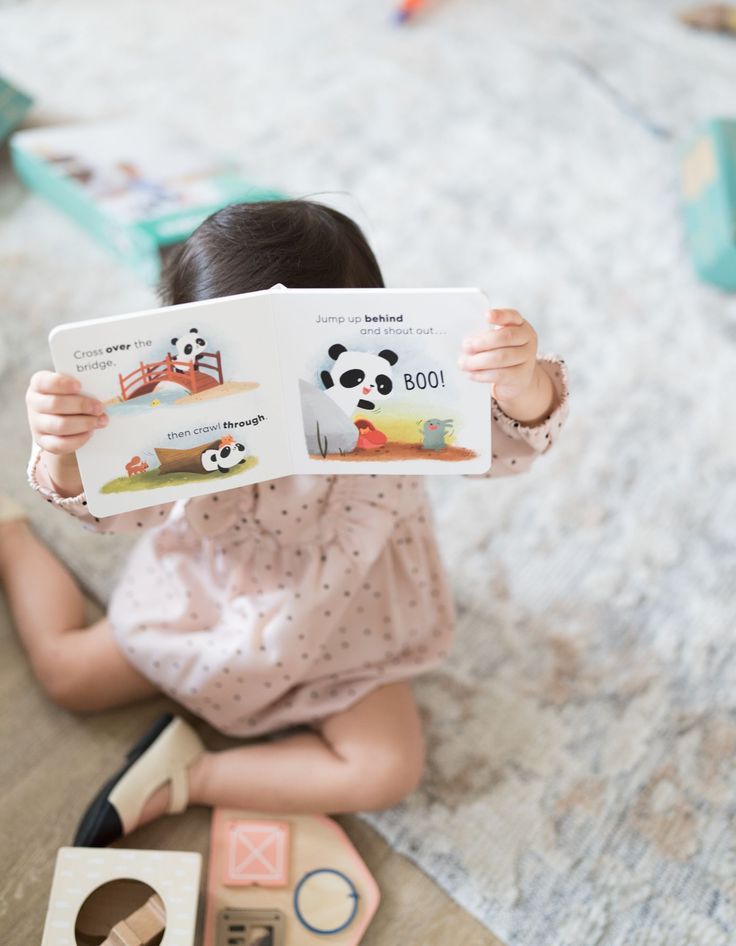
Games should promote skills like hand-eye coordination, memory, or language. These aid brain development.
Look for games that encourage problem-solving or creativity. For example, building blocks or simple puzzles.
Learning games that include numbers, letters, or shapes can boost early literacy and math skills.
Games encouraging social interaction help toddlers learn sharing and cooperation. This supports social growth.
Active Indoor Games For Toddlers
Toddlers need activities that help them move safely inside. Games that encourage crawling, jumping, and tossing develop their muscles and coordination. These games also keep toddlers engaged and use up their energy in fun ways.
Obstacle Courses
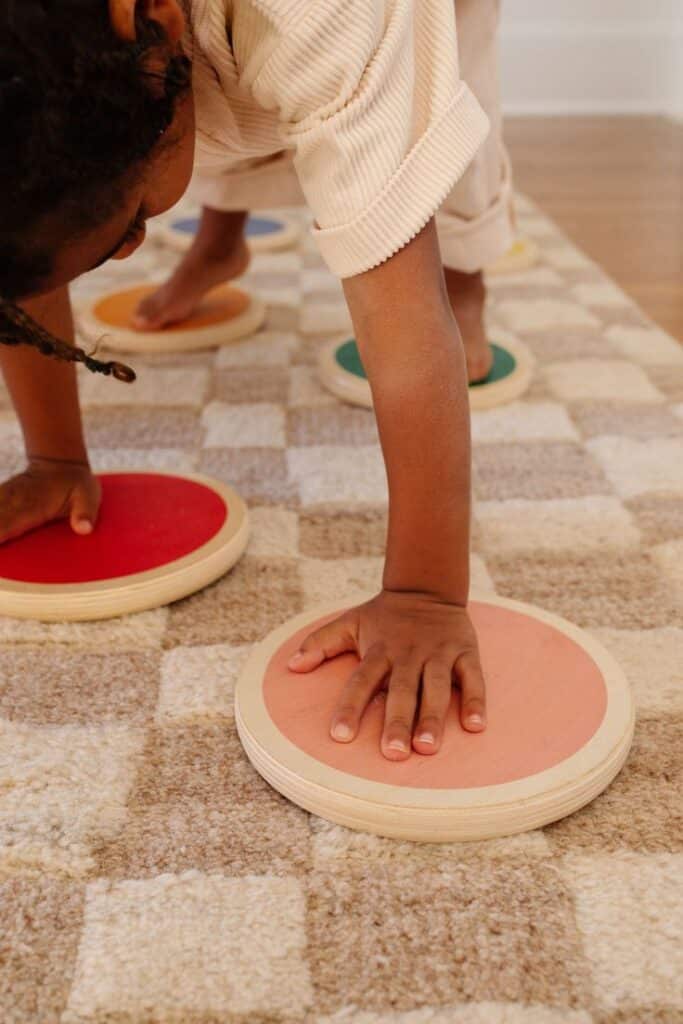
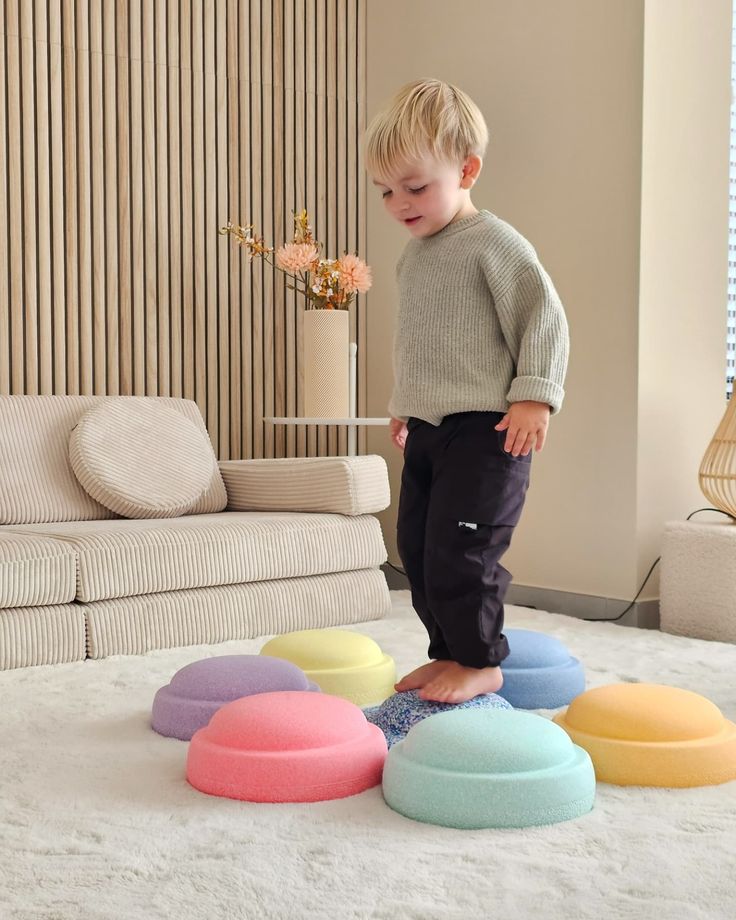
Obstacle courses are easy to set up using items found around the house. Pillows, chairs, and soft toys can create safe spots to climb over, crawl under, or walk around. This helps toddlers practice balance and motor skills.
Parents should keep the course simple and short. Clear instructions or a demonstration helps toddlers know what to do. Changing the course often keeps it interesting and challenges their problem-solving abilities.
Dance Parties
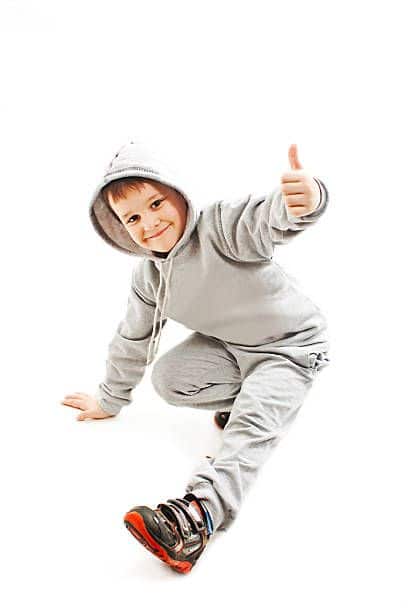
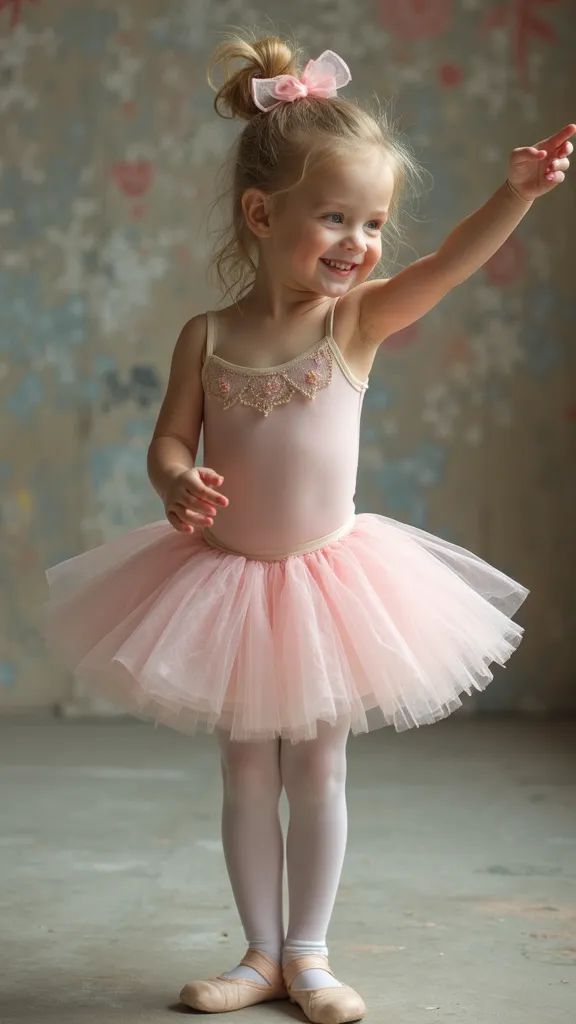
Playing music and dancing lets toddlers move freely and express themselves. Songs with a steady beat encourage jumping, spinning, and clapping. Dancing also helps improve rhythm and body control.
Adults can join and model movements or use scarves and ribbons to add visual fun. Short sessions of 10 to 15 minutes work best to match toddlers’ attention spans.
Ball Toss Games
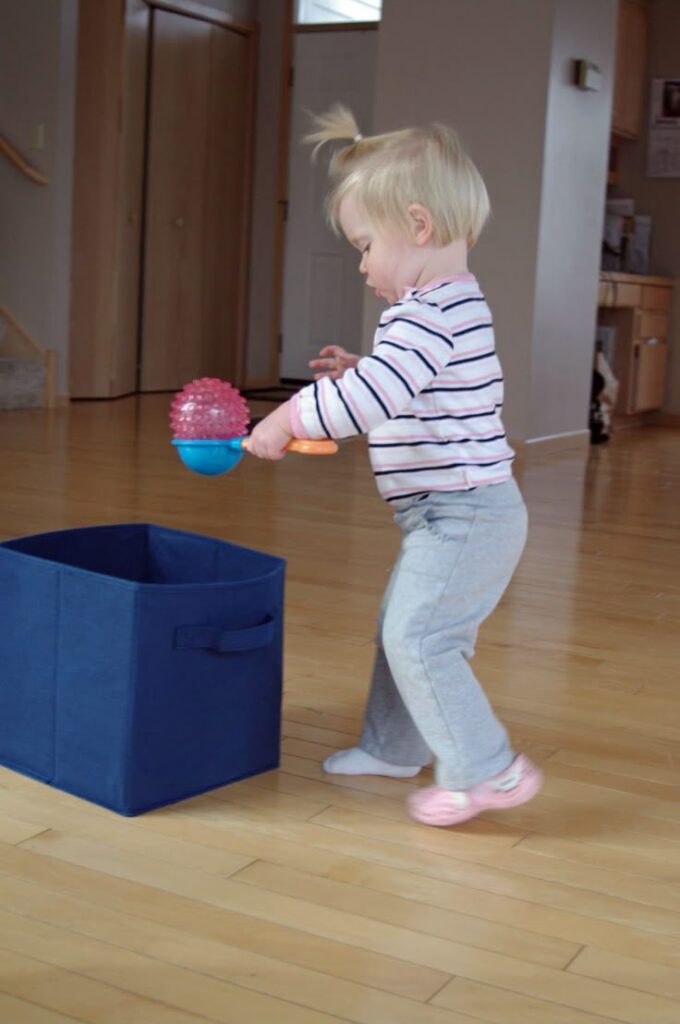
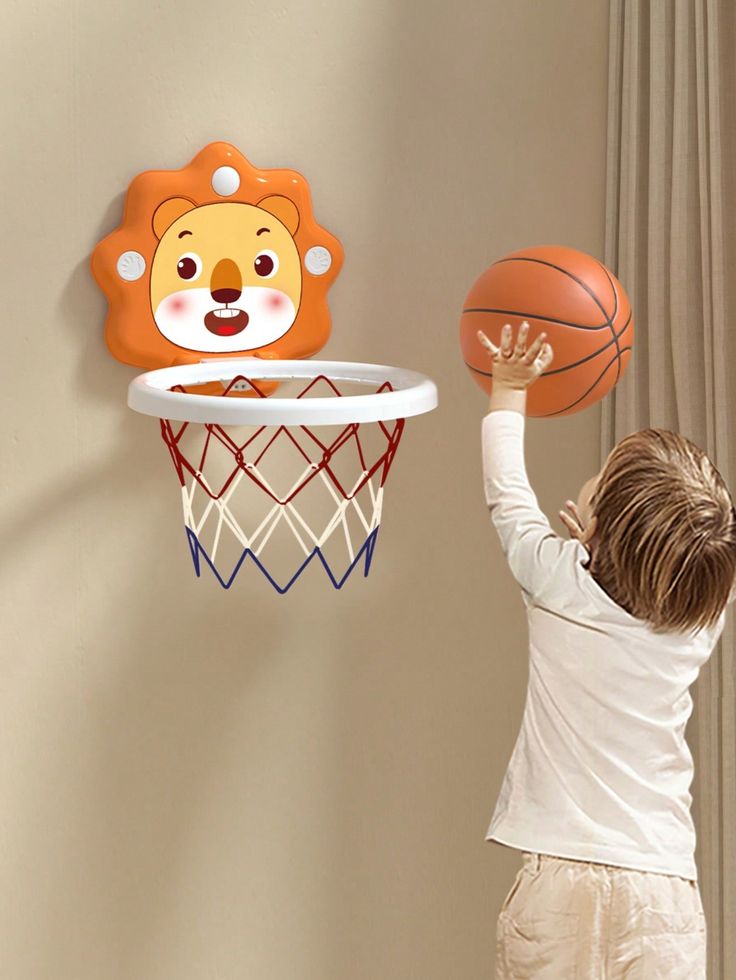
Ball toss games improve hand-eye coordination and strengthen arm muscles. Using soft, lightweight balls makes it safe for indoor play. Toddlers can toss balls into buckets, boxes, or hoops set at an easy distance.
Sitting or standing toss games can be adjusted to match the toddler’s skill level. Praise and encouragement help keep toddlers motivated to practice these movements regularly.
Creative Play And Imagination Games
These games help toddlers explore ideas and express themselves. They involve acting out roles, building simple structures, and making crafts. Each activity develops different skills like problem-solving, coordination, and creativity.
Pretend Play Activities
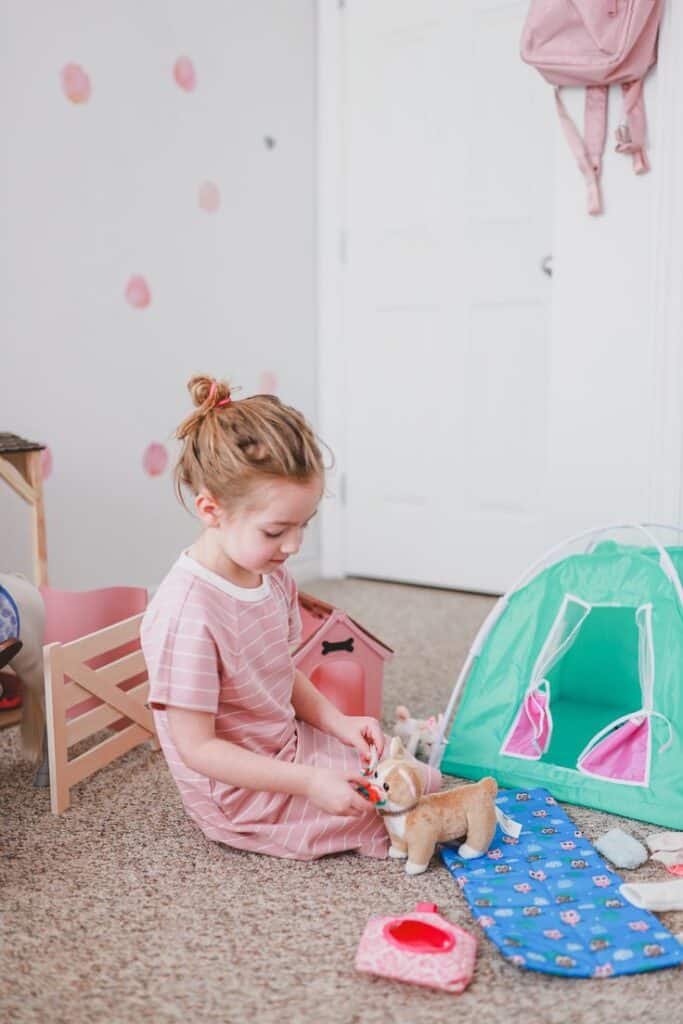
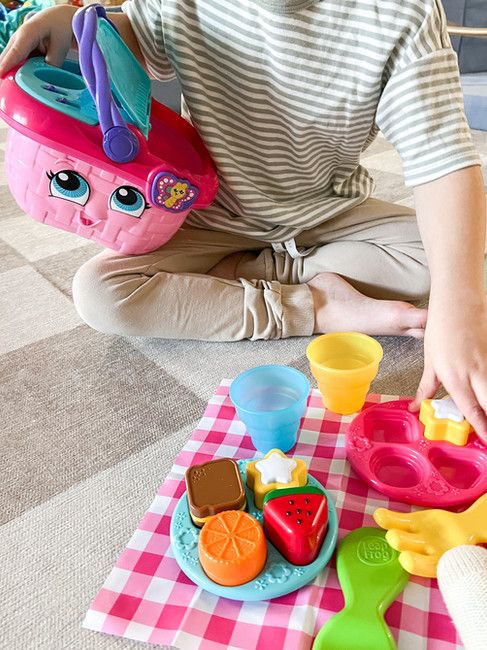
Pretend play lets toddlers use their imagination to act out everyday situations. They might pretend to be a doctor, chef, or parent. This helps them understand the world around them and practice social skills.
Using costumes or simple props, like toy phones or hats, adds to the fun. It encourages language development as they talk and create stories. Caregivers can join in to guide play or offer new ideas.
Pretend play also boosts emotional skills by letting children express feelings safely. Short, focused sessions work best to keep their interest.
Building Blocks And Construction Sets
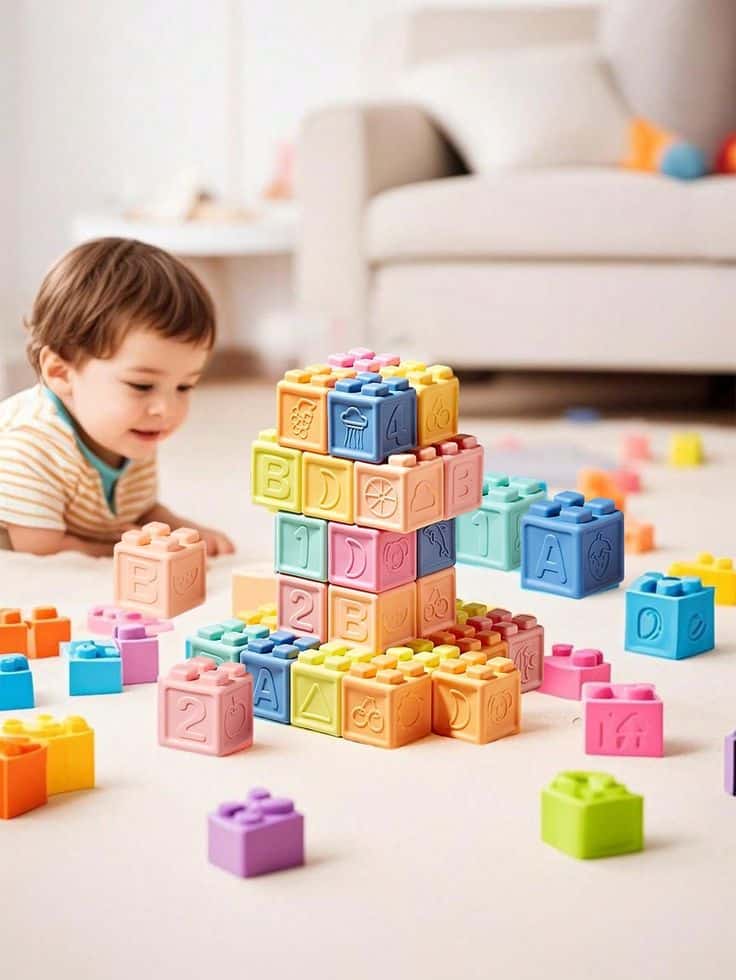

Building with blocks or simple construction sets teaches toddlers about shapes and balance. They learn to stack, connect, and arrange pieces to make towers, cars, or houses.
These activities improve hand-eye coordination and fine motor skills. Plastic blocks, wooden cubes, or large LEGO sets are all good options. Blocks with bright colors and different textures add sensory interest.
Toddlers enjoy experimenting with designs, which builds problem-solving skills. Adults can help by asking questions, like “What happens if you stack this block here?”
Art And Craft Games
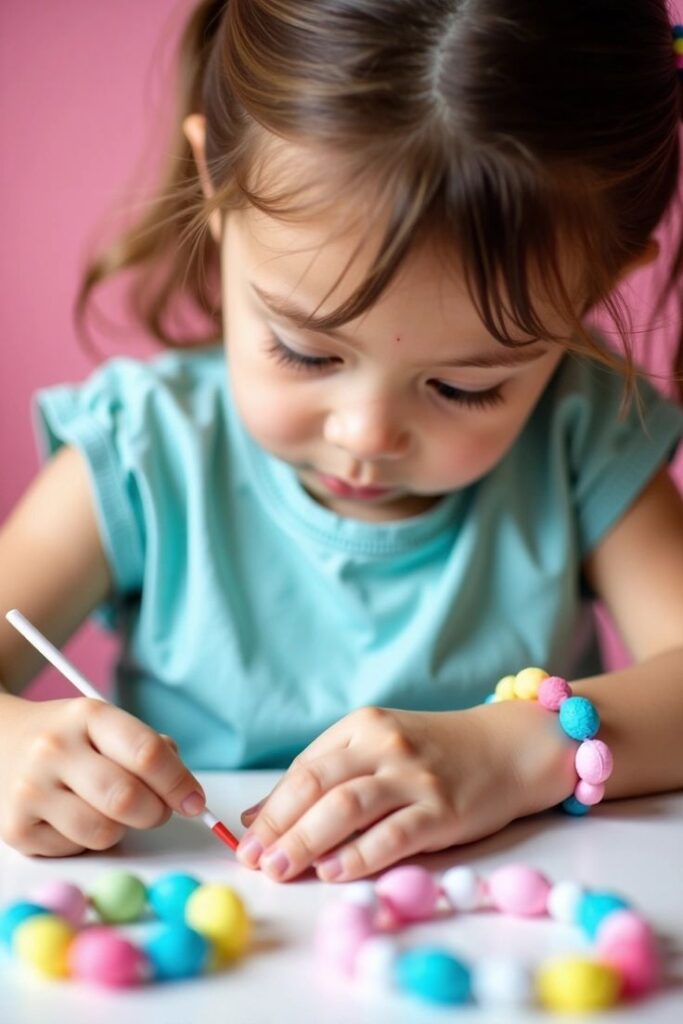
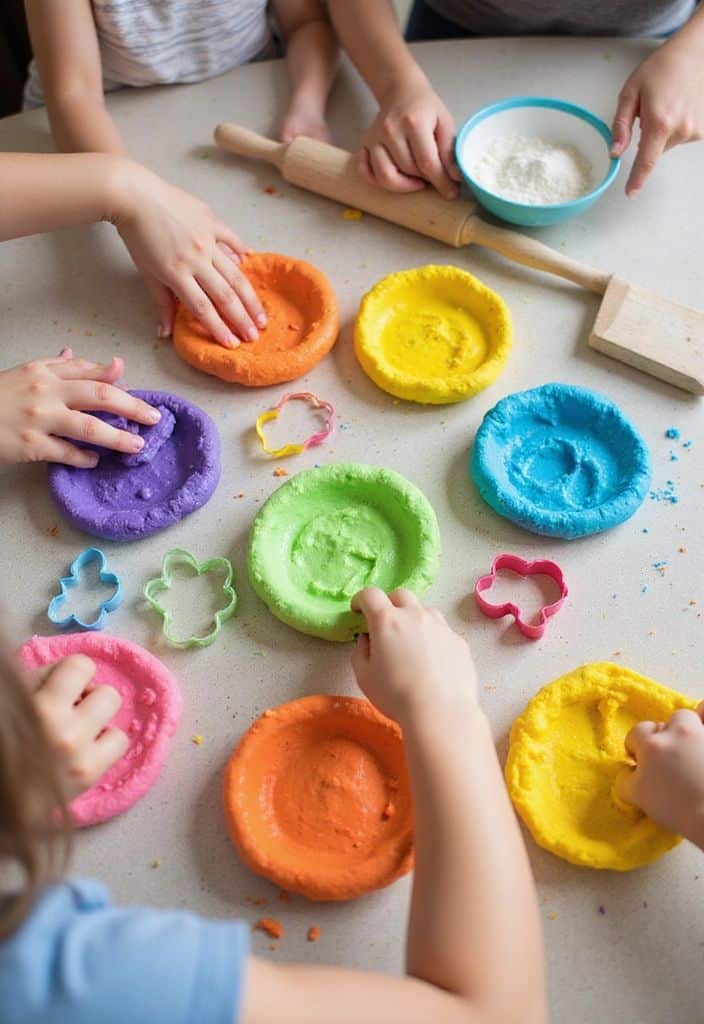
Art and craft games offer toddlers a way to create with their hands. Activities like coloring, finger painting, or gluing paper pieces develop fine motor skills and color recognition.
Simple supplies such as crayons, washable paints, glue sticks, and paper are enough. Supervision is important to keep materials safe and non-toxic.
Crafts can be themed around seasons, animals, or holidays to teach new words. Making art also encourages focus and pride in their work. Caregivers should provide praise and gentle guidance during these activities.
Educational Indoor Games For Toddlers
These games help toddlers learn shapes, colors, and words while having fun. They improve thinking skills, memory, and creativity through hands-on play and interaction.
Puzzle Challenges
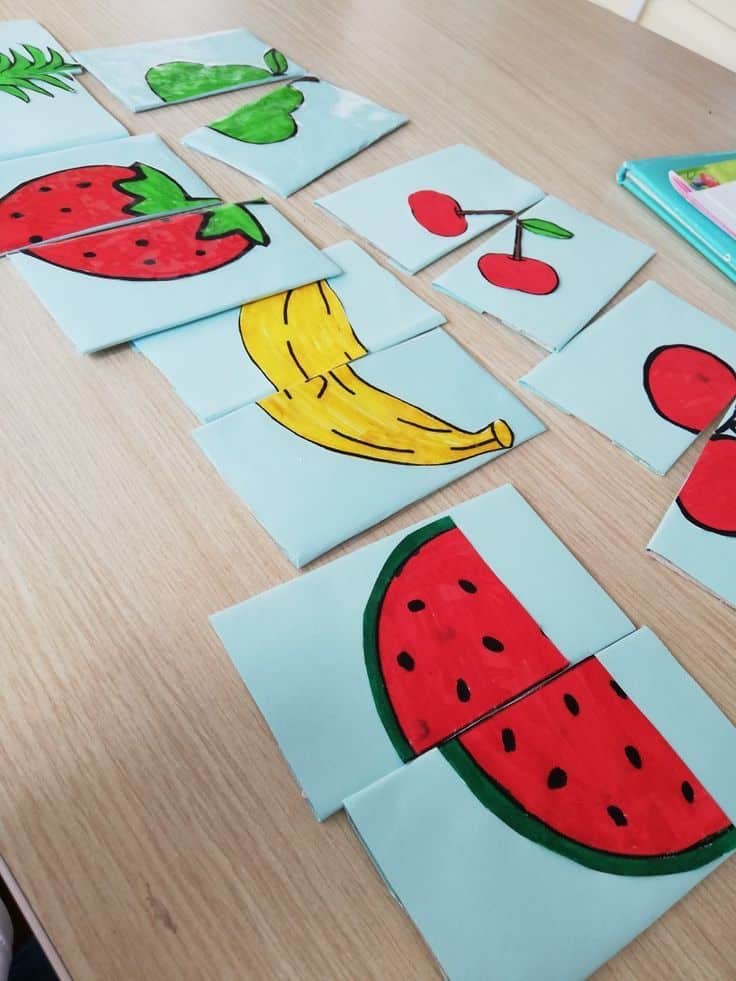
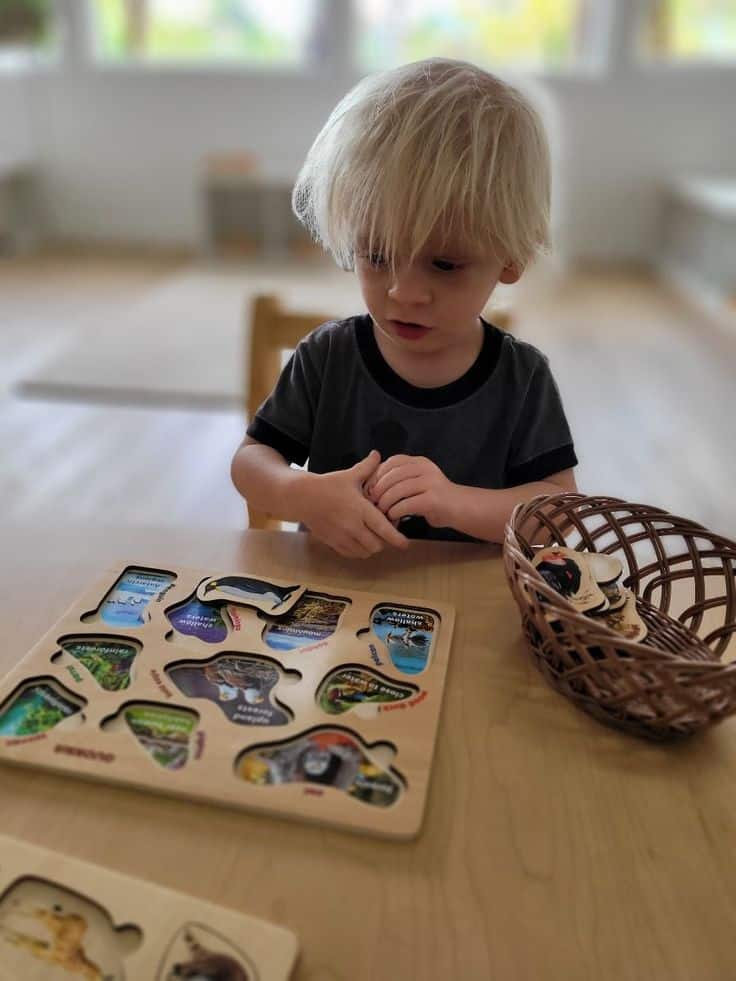
Puzzle challenges help toddlers develop problem-solving skills and hand-eye coordination. Simple puzzles with big pieces and bright images are best for this age.
Toddlers learn to recognize shapes and match pieces, which builds spatial awareness. Caregivers should encourage toddlers to try fitting pieces without rushing to help. This boosts confidence and patience.
Wooden puzzles, knob puzzles, and basic jigsaw puzzles are good choices. They also introduce toddlers to new objects and animals, expanding vocabulary.
Matching And Memory Games
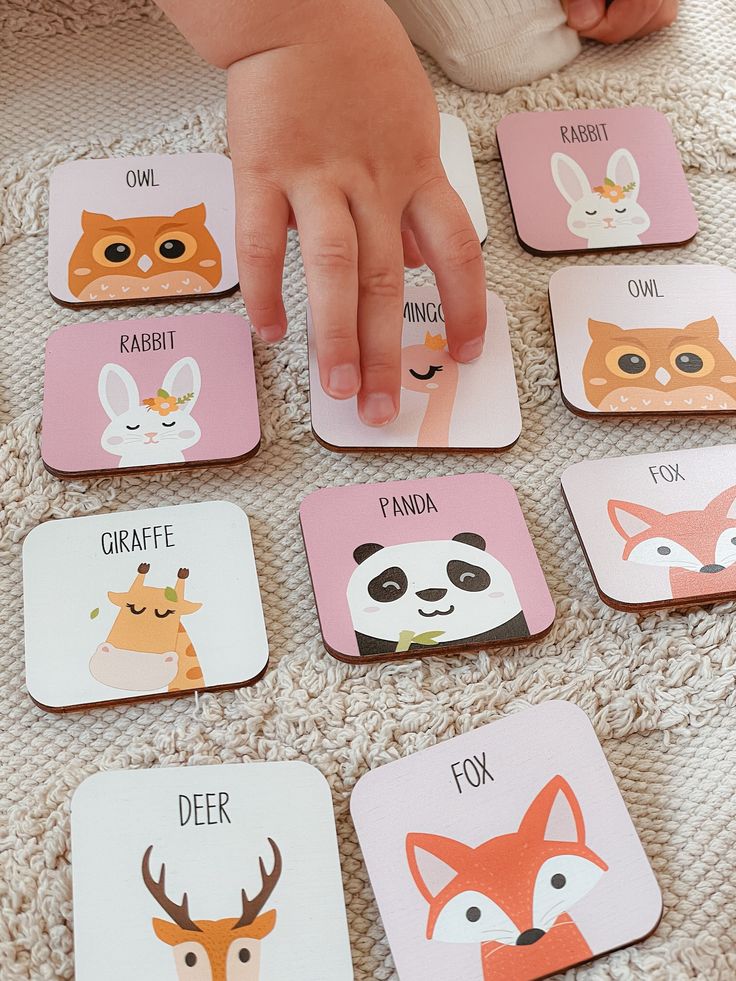
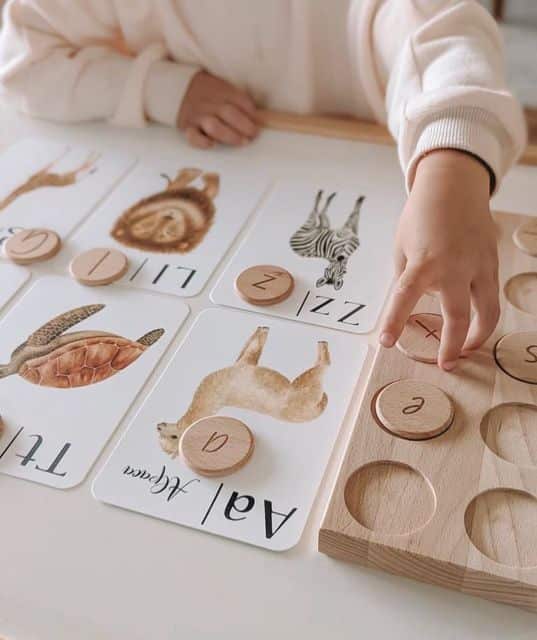
Matching and memory games sharpen toddlers’ focus and concentration. Toddlers learn to find pairs, improving visual memory and attention to detail.
Common games use cards with pictures of animals, numbers, or letters. Toddlers flip cards to find matches, which supports recognition skills.
These games teach toddlers to remember where they saw items. This practice helps with learning later on, especially in reading and math.
Interactive Storytelling
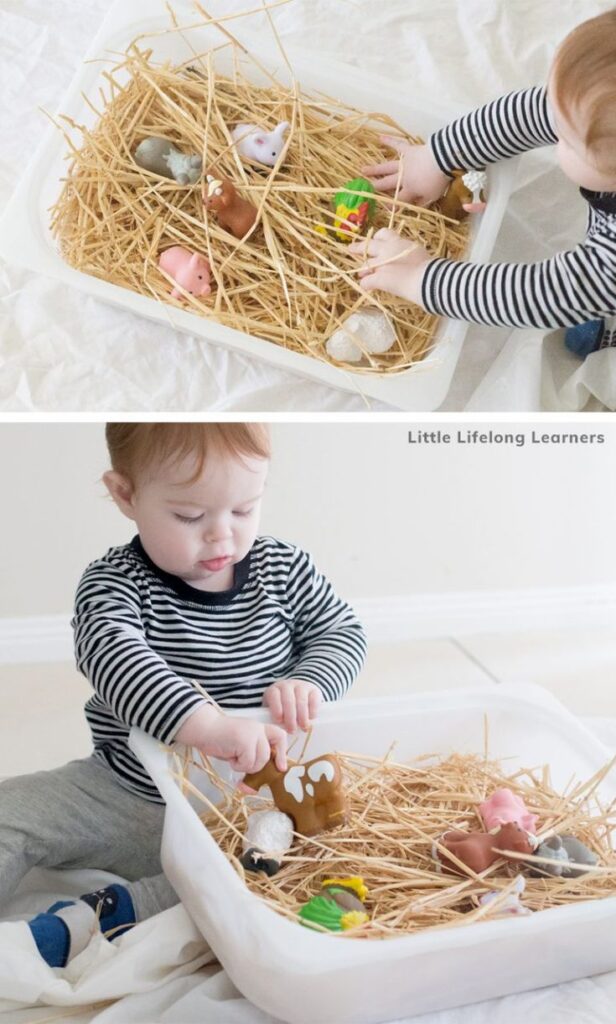
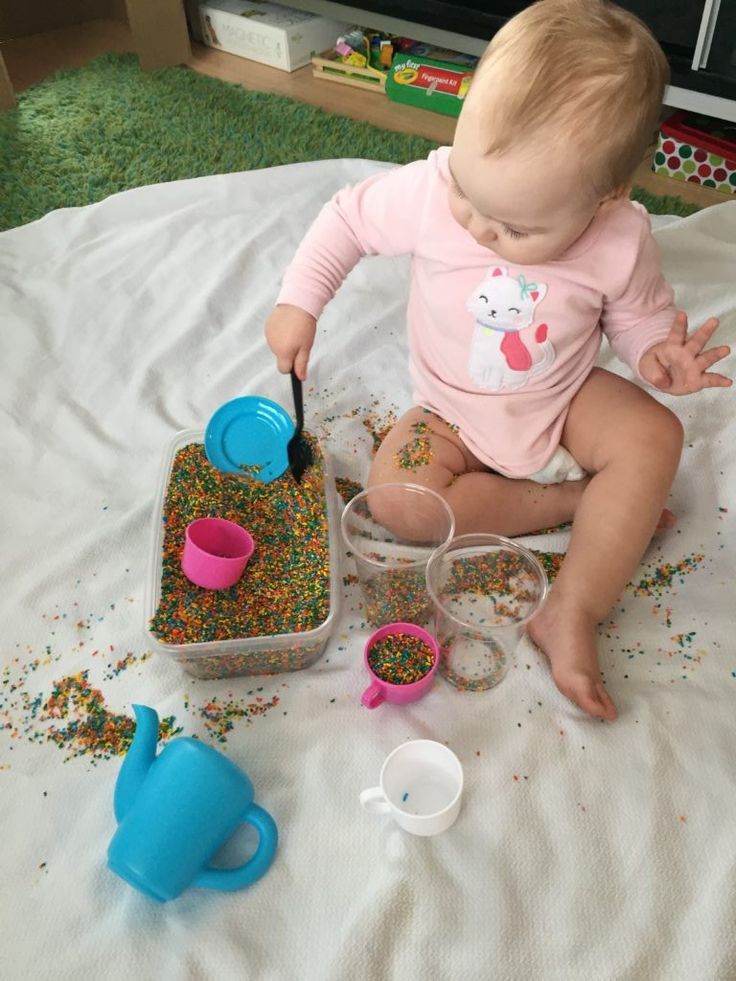
Interactive storytelling combines play with language learning. Toddlers engage with stories by acting out parts or responding to questions.
Caregivers can use puppets, toys, or pictures to make stories more engaging. This interaction helps toddlers understand story sequence and build vocabulary.
As toddlers listen and participate, they practice speaking and listening skills. Interactive storytelling also encourages imagination and emotional development.
Sensory And Motor Skill Development Games
These games help toddlers improve their touch, sight, and movement skills. Activities focus on using different materials and objects to boost fine motor control and hand-eye coordination.
Sensory Bins
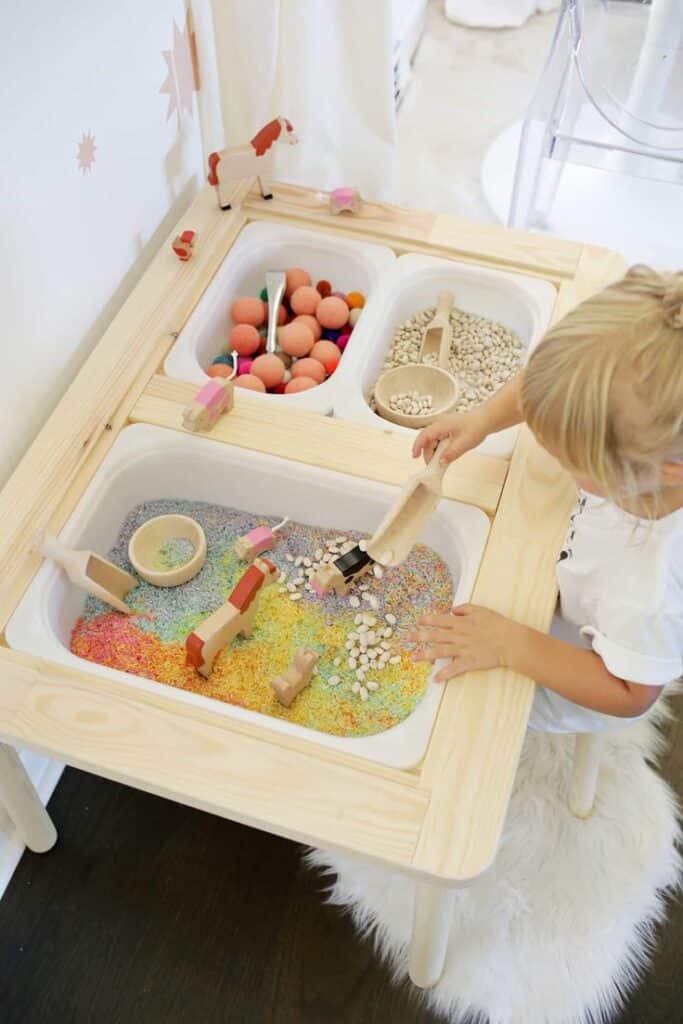
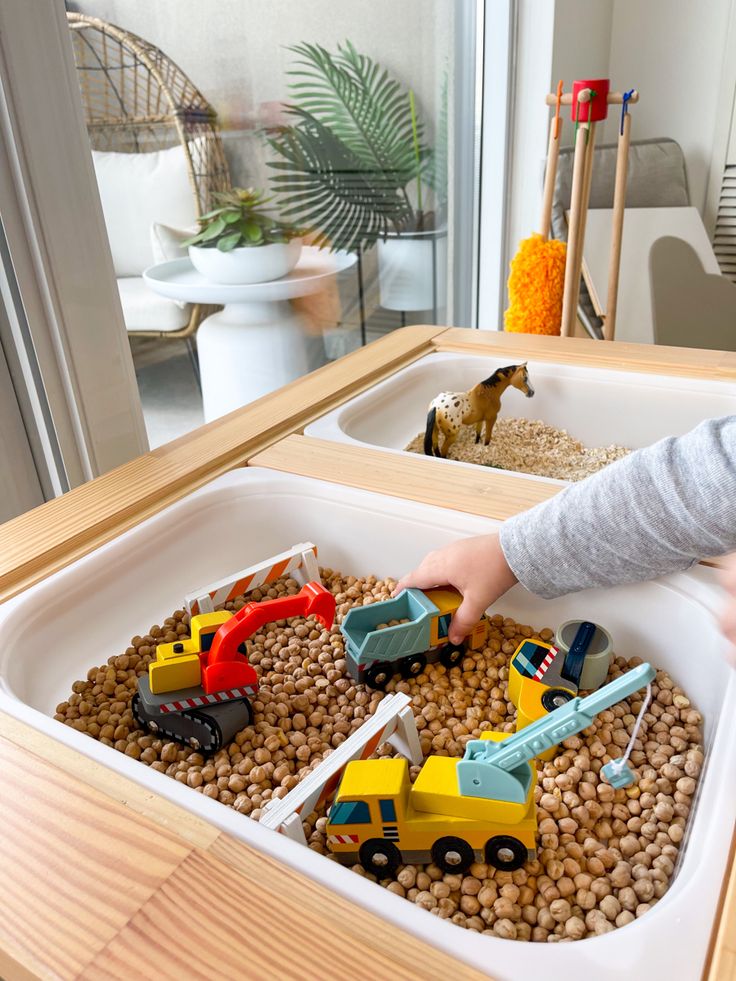
Sensory bins are containers filled with various materials like rice, beans, or sand. Toddlers explore by touching, scooping, and pouring, which helps develop their sense of touch and fine motor skills.
Parents can add small toys or tools like spoons and cups to make the activity more engaging. Changing the materials often keeps the experience fresh and helps toddlers learn new textures.
Using sensory bins regularly encourages curiosity and concentration. It also supports early math skills, like counting and sorting objects found inside the bin.
Sorting And Stacking Activities
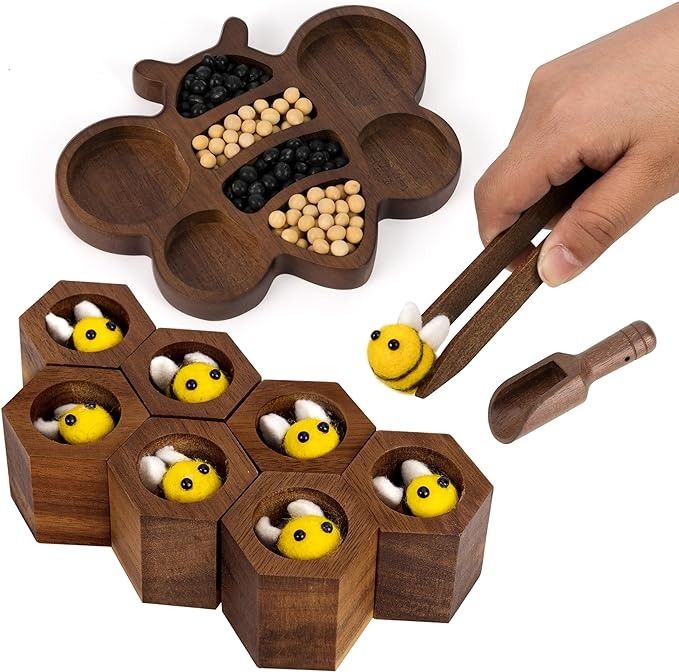
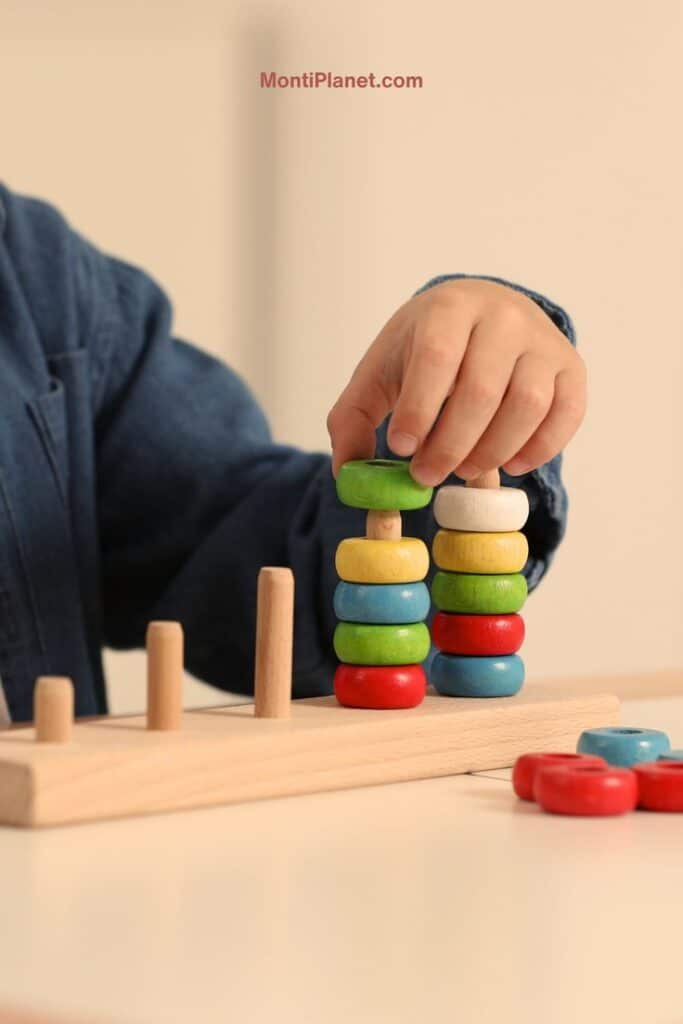
Sorting games use objects like colored blocks or shaped toys to teach toddlers to recognize patterns and categories. These activities require grasping, picking up, and moving items, which improves finger strength and coordination.
Stacking toys, such as rings or blocks, focus on balance and spatial awareness. Toddlers learn how to arrange items from largest to smallest or vice versa, enhancing problem-solving skills.
These activities can be adjusted for difficulty by using different sizes or shapes. They promote patience and encourage toddlers to try multiple ways to sort or stack objects successfully.
Group And Cooperative Indoor Games
These games help toddlers work together and build social skills. They promote listening, sharing, and taking turns in a fun way.
Circle Games
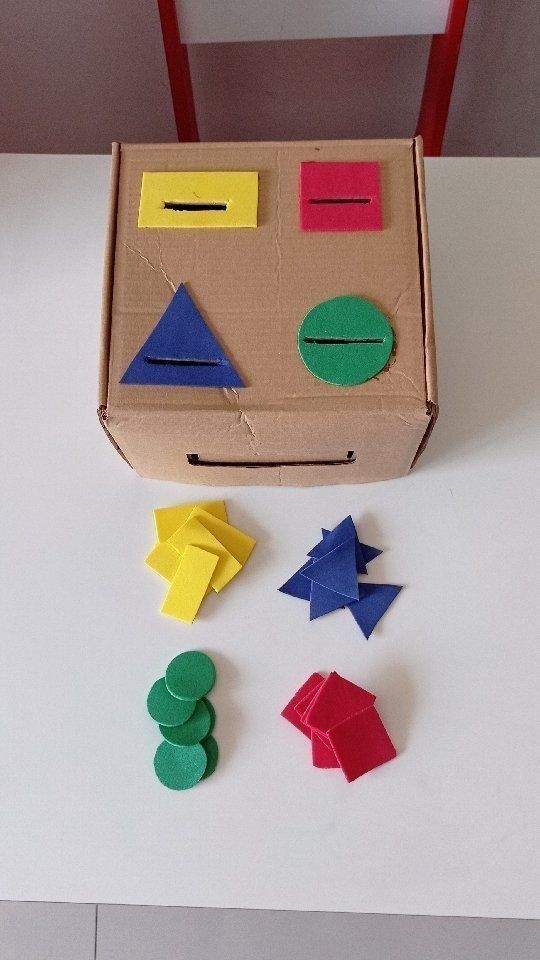
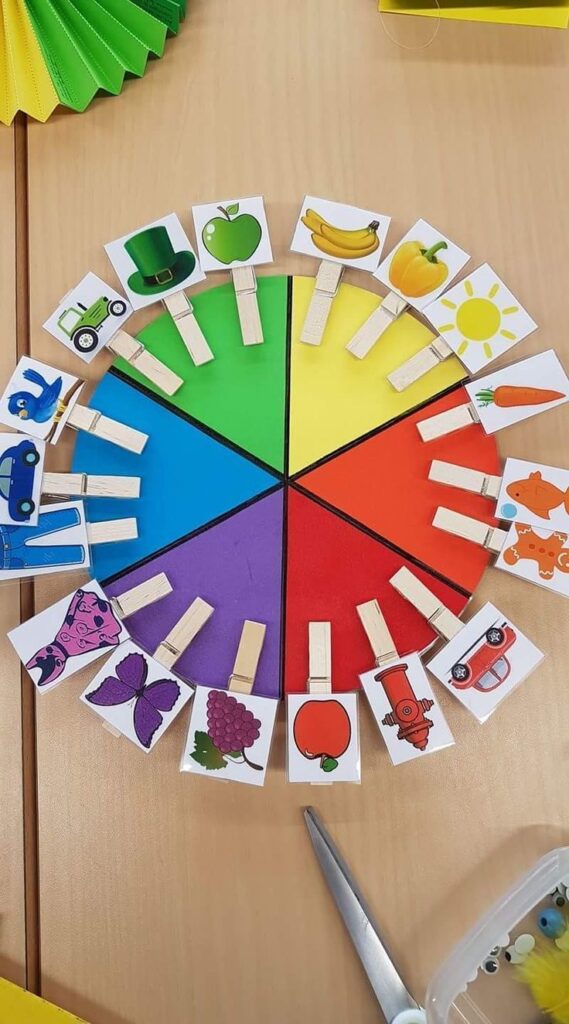
Circle games are simple and great for young children. Toddlers sit or stand in a circle and take part in activities like passing a ball or singing songs while holding hands. This helps them learn to wait for their turn and cooperate with others.
Common circle games include “Duck, Duck, Goose” and “Ring Around the Rosie.” These games encourage movement, focus, and social interaction. Adults or older kids can lead, which keeps toddlers engaged and guided through the rules.
Follow The Leader
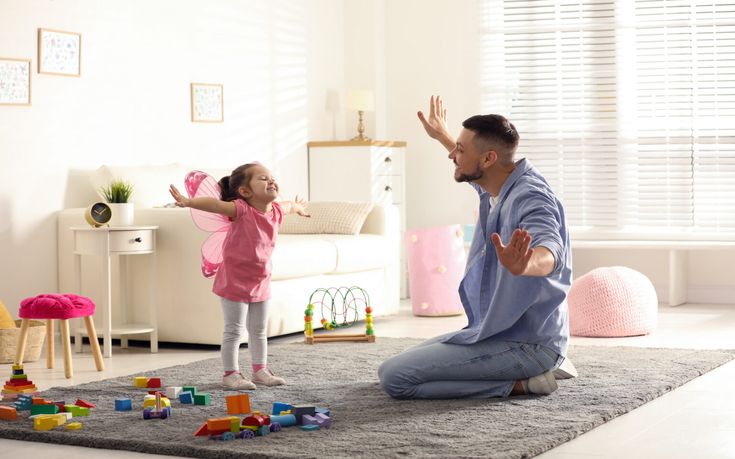
In “Follow the Leader,” one child or adult acts as the leader, and the others copy their moves. This game improves listening skills and teaches toddlers to watch and imitate actions.
Leaders can do simple movements like clapping hands, jumping, or walking in a circle. As toddlers follow the leader, they practice coordination and attention. The game is flexible and can be adjusted for quiet indoor spaces or more active play areas.
Tips For Creating A Safe Indoor Play Environment
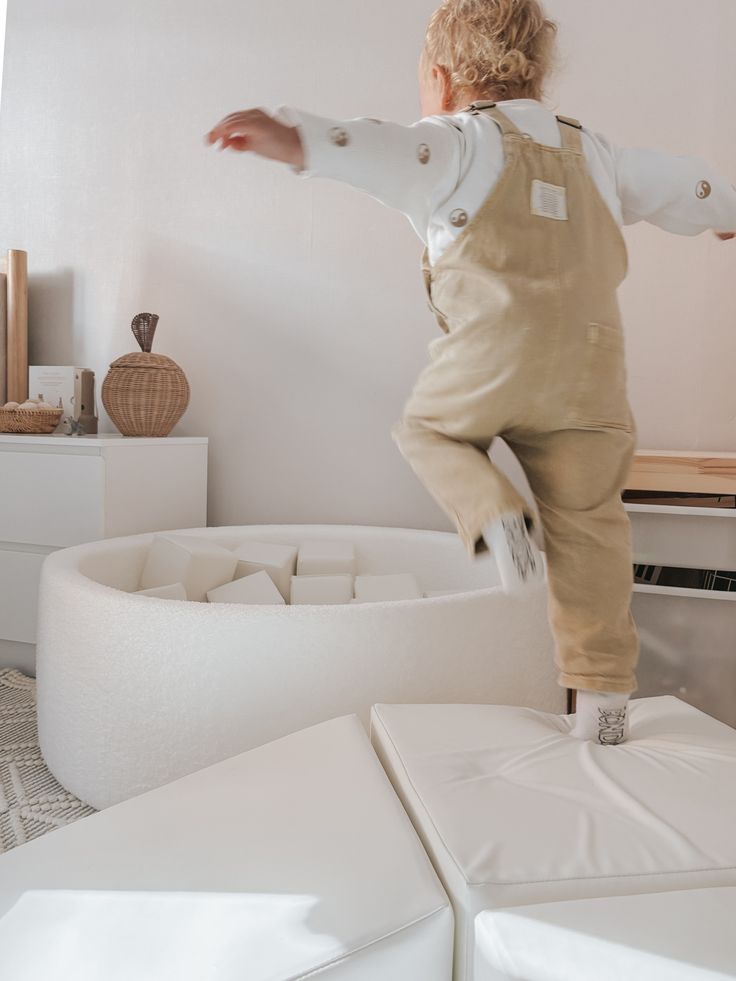
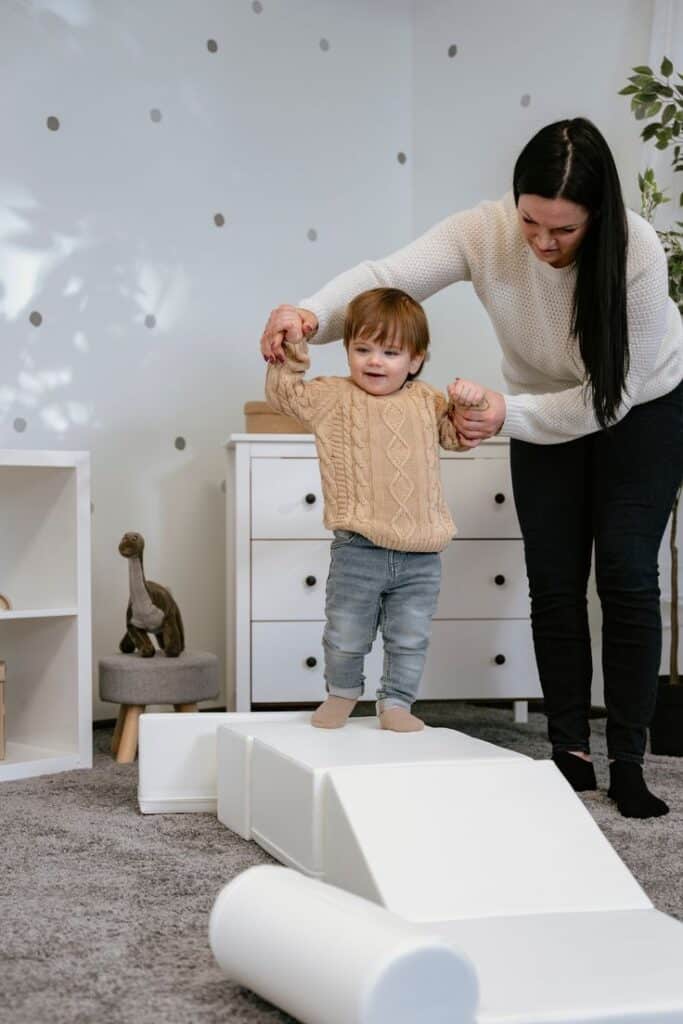
It is important to make sure the play area is free from sharp edges and hard objects. Cover corners of furniture with soft padding to prevent injury.
Toys should be age-appropriate and made from non-toxic materials. Small parts that can cause choking must be kept out of reach.
Keep floors clear of clutter to avoid trips and falls. Use rugs with non-slip backing to reduce slipping on smooth floors.
Electrical outlets should be covered with safety plugs. Ensure cords for blinds and electronics are tied up and out of toddlers’ reach.
Supervision is key during playtime. An adult should always be nearby to step in quickly if needed.
Make sure the play space is well-lit so children can see clearly. Avoid harsh lighting that can strain their eyes.
Store toys in bins or shelves to keep the area tidy. Label containers to teach children where each toy belongs.
Checklist for a safe playroom:
| Safety Measure | Action |
|---|---|
| Sharp edges | Use corner guards |
| Small parts | Remove or supervise |
| Floor hazards | Keep clear, use rugs with grips |
| Electrical outlets | Cover with safety plugs |
| Cords and strings | Secure out of reach |
| Supervision | Adult present |
| Lighting | Use soft, even lighting |
| Toy storage | Use bins and labels |
Conclusion
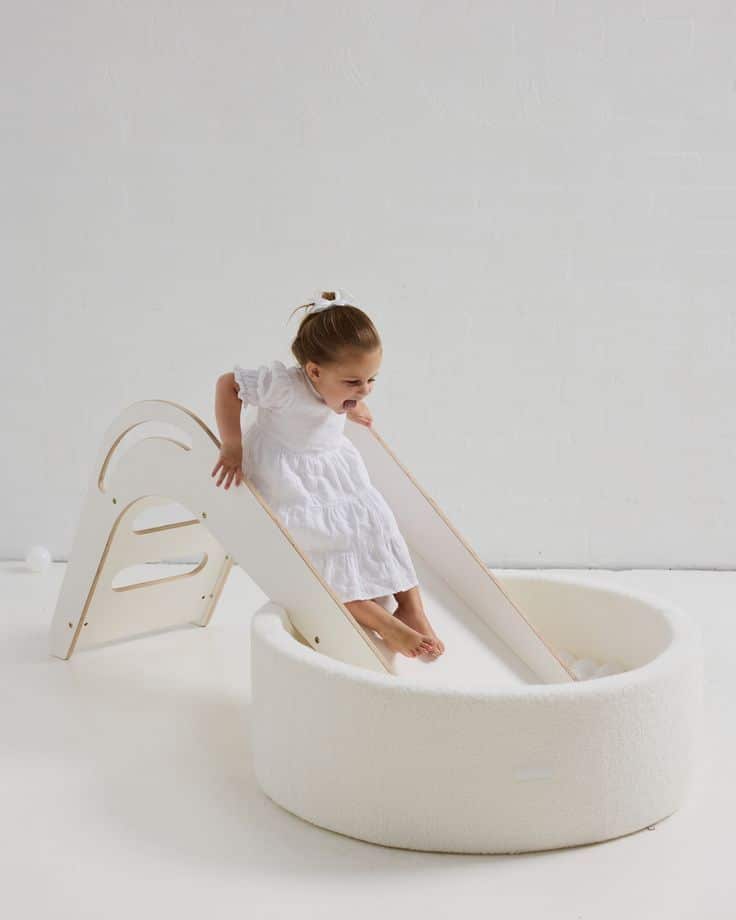
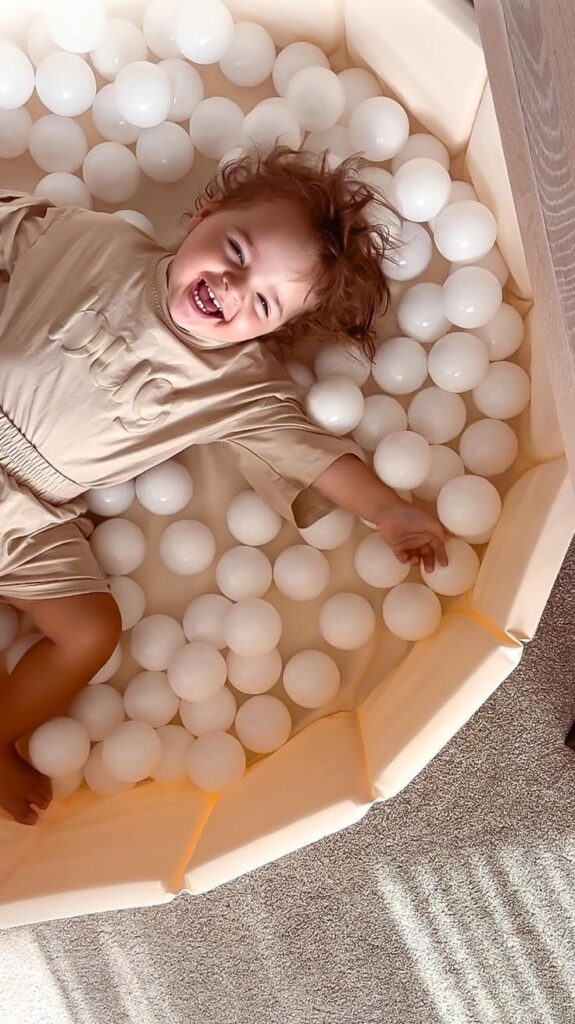
Indoor games provide a safe and fun way for toddlers to learn and grow. They help develop skills like coordination, creativity, and social interaction.
Parents and caregivers can choose from many simple games that fit the toddler’s interests and space available.
It is important to keep games short and engaging. Toddlers have short attention spans and need variety.
Some popular games include building blocks, simple puzzles, and interactive storytime. Each offers different benefits.
Tips for choosing indoor games:
- Focus on age-appropriate activities
- Look for games that encourage movement or thinking
- Use everyday items to create fun and learning opportunities
Games do not have to be expensive or complicated to be effective. The best indoor games are those that keep toddlers curious and active safely indoors.
- 0shares
- Facebook0
- Pinterest0
- Twitter0

